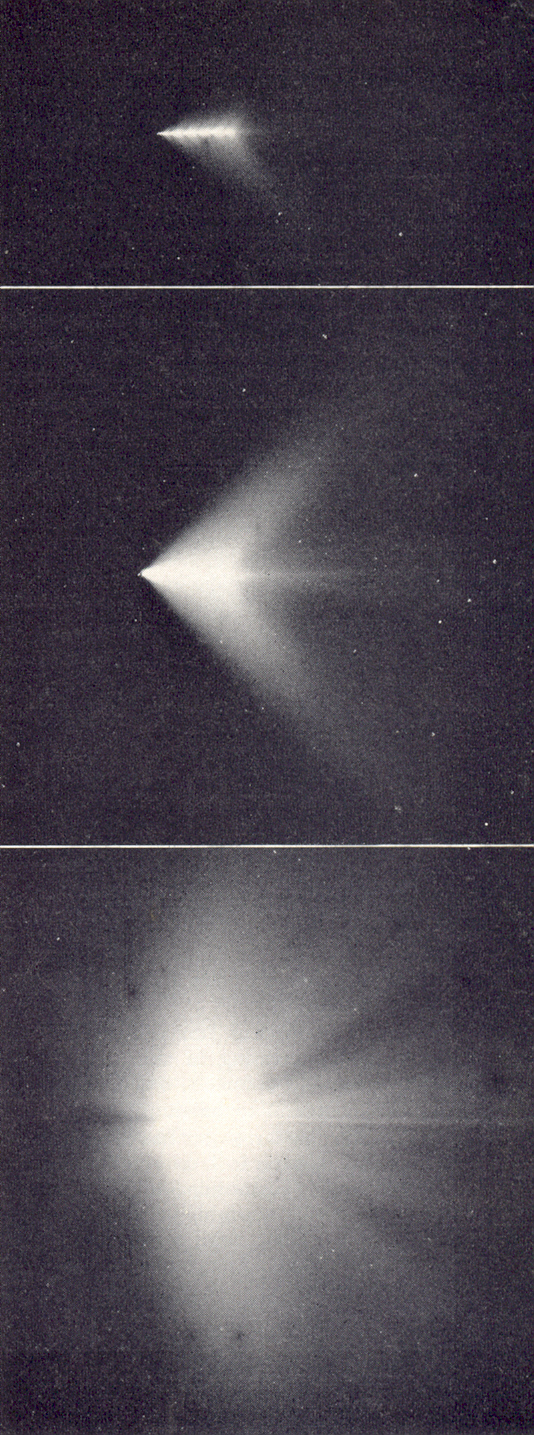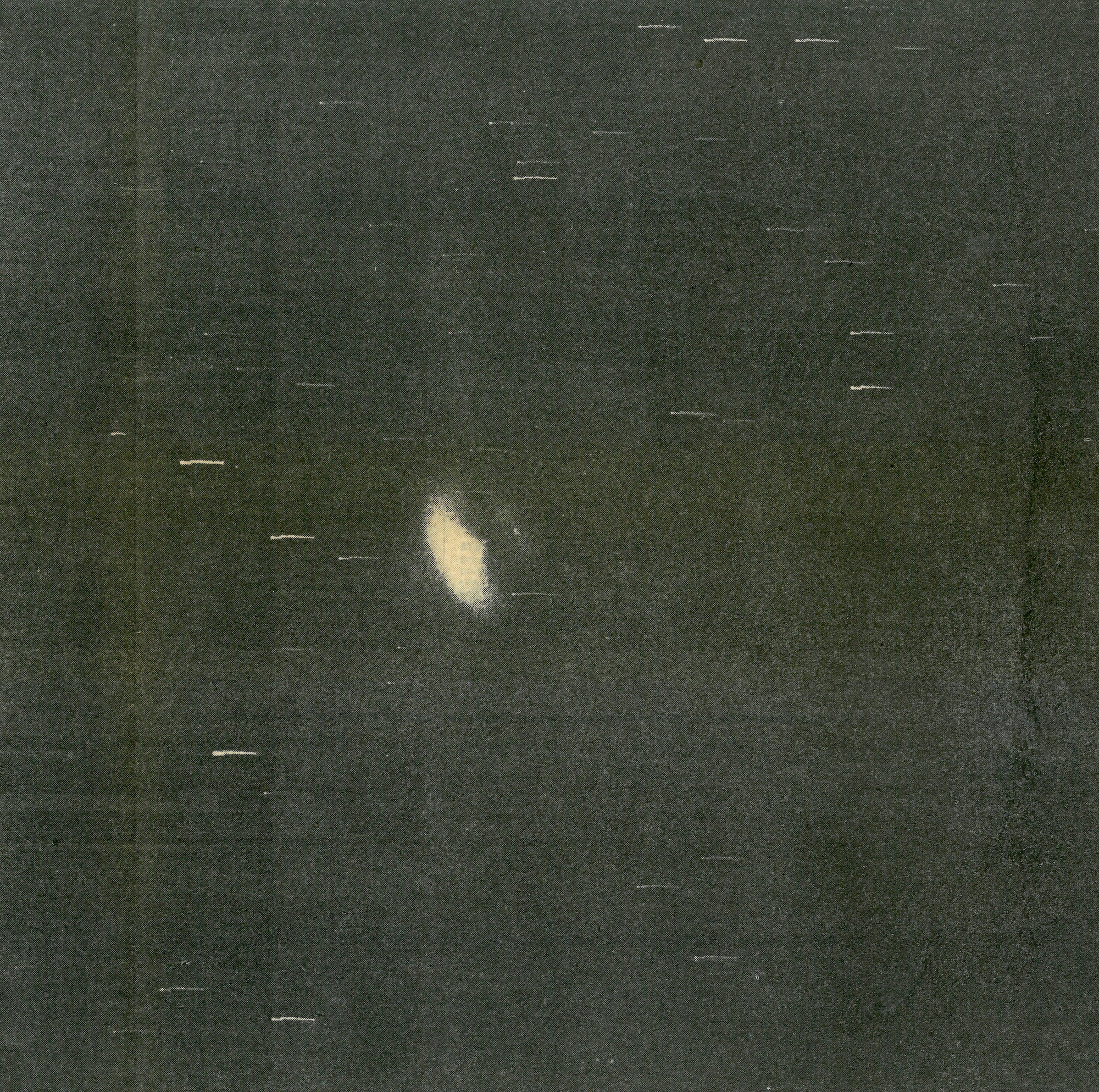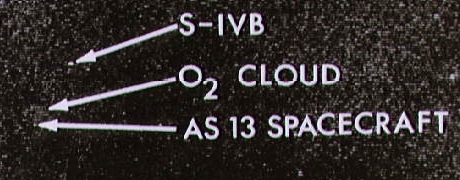The media has been all abuzz today with amazing “revelations” of alien music heard by the crew of Apollo 10 on the dark side of the moon and “classified” until 2008.
Really?
Got a source for that guys? A source other than Fox News or the Interwebs? Cause I do, and it’s not classified, it’s right on the official web site of Nasa’s history office: http://history.nasa.gov/ap10fj/as10-day5-pt20.htm
Some Apollo data was classified at the time (remember the Cold War and the Space Race?) and some of it might not have been released in a timely manner due to oversight, but there was certainly no special treatment given to this event on some “spooky” account. How do I know? Simple. I read the freakin transcript.
Here’s the deal. Apollo 10 went to the moon and did everything but touch down. They detached the LEM and maneuvered in space, the CSM and the LEM, orbiting together as the LEM prepared to go down on a checkout flight. The idea was to run through a landing, but do a planned abort to test the ascent propulsion system and guidance without getting too low for rescue by the CSM in case of failure.
What is being reported as some great mystery is this exchange, plainly recorded in the publicly available transcript just as they were testing their radar (Snoopy is the Lunder lander, flying free of the CSM):
102:12:53 Stafford (in Snoopy): You want some more brownies?
102:12:54 Cernan (in Snoopy): No.
102:12:56 Stafford (in Snoopy): [Garbled] go hungry.
102:13:02 Cernan (in Snoopy): That music even sounds outer-spacey, doesn’t it? You hear that? That whistling sound? (This is the first mention of the sound.)
102:13:06 Stafford (in Snoopy): Yes.
102:13:07 Cernan (in Snoopy): Whooooooooooo.
102:13:12 Young (in CSM): Did you hear that whistling sound, too?
102:13:14 Cernan (in Snoopy): Yeah. Sounds like – you know, outer-space-type music.
102:13:18 Young: I wonder what it is.
102:13:20 (Cernan and Stafford discuss burned insulation outside their LEM windows.)
102:13:29 Cernan (in Snoopy): – eerie, John?
102:13:34 Young: Yes, I got it, too. I was going to see who was outside.
102:13:45 Stafford (in Snoopy): You mark that set of features, Gene-o. I’m going to fix us some grape juice. OK? (Stafford is clearly taking Young’s remark as a joke. All is well.)
. . .[The next three minutes are spent discussing photography of a lunar crater, altitude and range, and how well the radar is performing.]. . .
102:17:58 Cernan (in Snoopy): Boy, that sure is weird music.
102:18:01 Young: We’re going to have to find out about that. Nobody will believe us.
102:18:07 Cernan (in Snoopy): No. It’s a whistling, you know, like an outer space-type thing. (He means like a theramin, commonly used in scifi movies of his youth. In fact, it sounds more like a lightning strike creating shortwave radio noise that travels around the ionosphere back on earth, but its much more uniform than that.)

102:18:10 Young: Probably due to the VHF ranging, I’d guess. (Yeah, that’s what it sounds like to me too, either that or electrical noise from static charge movement we now know to occur near the lunar terminator due to the solar wind.)
102:18:16 Cernan (in Snoopy): Yes. I wouldn’t believe there’s anyone out there. OK, Tom, I’m going to call up P20 (Program 20, universal tracking–using the radar).
102:18:26 Cernan (in Snoopy): We want to pressurize our APS here. You get your Rendezvous Radar breakers all In?
102:18:29 Stafford (in Snoopy): Oh, yes. I’m locked on to him (The LEM radar is locked onto the CSM)
102:18:31 Cernan (in Snoopy): OK.
102:18:42 Stafford (in Snoopy): It may be a side lobe (The “music” might be a side lope of the radar beam interfering with the radio.
102:19:01 Stafford (in Snoopy): It’s weird, isn’t it?
102:19:03 Cernan (in Snoopy): Isn’t that weird?
102:19:11 Stafford (in Snoopy): I think that’s a side lobe.
102:19:15 Cernan (in Snoopy): Is it? Huh?
102:19:17 Stafford (in Snoopy): Yep.
And there you go. Later analysis confirmed the cause to be interference between the VHF radio gear on the two spacecraft. The great mysterious “space music,” which according to “News” reports was “classified till 2008” was just the rendezvous radar leaking into the radio spectrum. You know, my college radio station had sideband leakage into the shortwave bands, and even though our transmission was FM, we once got a letter from a guy 600 miles away in Illinois saying he listened on shortwave (AM).
I’m not sure where this “classified” recording would have come from. Apollo uses a special recorder to store voice and instrument data for compressed transmission back to earth. The recordings were transcribed back in the ’70s, and stuck in a warehouse somewere. The have been out on the Internet for a few years, but there is no good index and the recordings are raw. Crew voices are often inaudible beneath the thrum of the instrument signal data. It’s possible someone went looking for the “music” and was able to extract it from the background noise. It would not be surprising if it survived, given that it was heard over the radio by both the CSM and LEM.
At any rate, it wasn’t little green DJ’s playing “Space Music.” It was interference from the rendezvous radar other radio emmissions from the two spacecraft, and the (rather obvious) testement to that fact is the crew’s reaction: Hey what’s that? The Radio. Great, want some juice.
As if going to the freakin moon isn’t entertaining enough.
Geez.












 1. We left retroreflectors on the moon, just like bicycle reflectors only bigger and not as pretty. Visit the McDonald Observatory or any other with the proper laser range-finding equipment and you can see for yourself that the laser energy returns when the telescope is pointed at the designated landing sites and does not return elsewhere.
1. We left retroreflectors on the moon, just like bicycle reflectors only bigger and not as pretty. Visit the McDonald Observatory or any other with the proper laser range-finding equipment and you can see for yourself that the laser energy returns when the telescope is pointed at the designated landing sites and does not return elsewhere.





